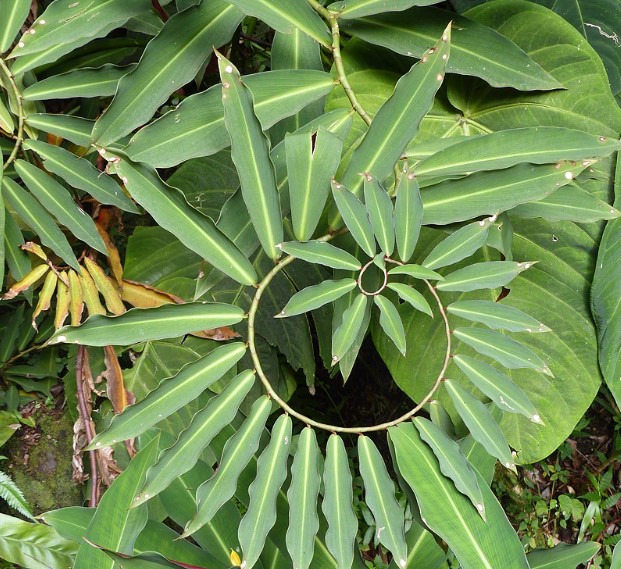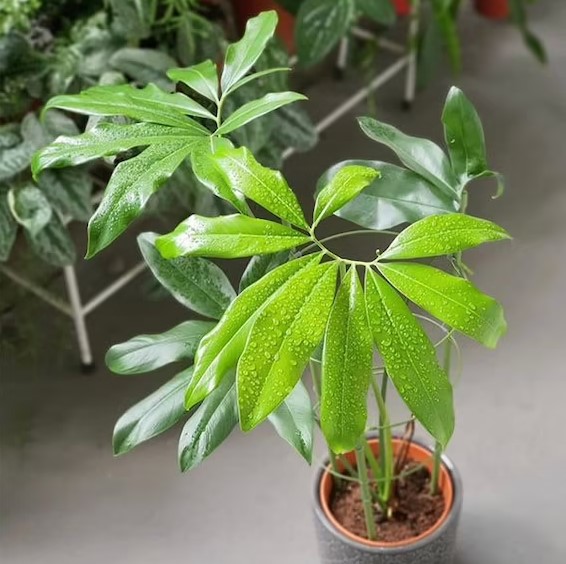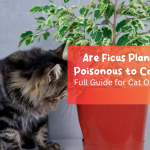Philodendron Goeldii, also known as Philodendron Goeldi or Black Philodendron, is a beautiful plant with unique dark foliage and an elegant appearance. In this comprehensive guide, we will delve into the fascinating world of Philodendron Goeldii, exploring its origin, physical characteristics, care requirements, propagation techniques, and the benefits of having this remarkable plant in your indoor or outdoor garden. Let’s embark on a journey to discover the enchantment of Philodendron goeldii.
Origin and Background
Philodendron Goeldii is native to the tropical rainforests of Brazil, specifically the Amazon Basin and the state of Pará. It was named after Swiss botanist Emil August Goeldi, who extensively studied the flora and fauna of the Amazon region. The plant belongs to the Araceae family and is a member of the Philodendron genus, which includes over 400 species of stunning tropical plants.
Physical Characteristics
Philodendron Goeldii stands out with its distinct dark foliage, making it a popular choice among plant enthusiasts. The leaves are heart-shaped and velvety and possess a captivating deep green-to-black coloration, creating a striking contrast against lighter surroundings. The plant’s leaves can grow up to 6 to 8 inches long and 4 to 6 inches wide, showcasing its grandeur.

Care Requirements
Light and Temperature
Philodendron Goeldii thrives in bright, indirect light. It is essential to avoid exposing it to direct sunlight, as it can scorch the leaves. Ideally, place the plant near a window with filtered or diffused light. In terms of temperature, This plant prefers a warm and humid environment. It thrives in temperatures ranging from 65°F to 80°F (18°C to 27°C) and appreciates higher humidity levels.
Watering and Humidity
To ensure optimal growth:
- Thoroughly water your Philodendron Goeldii whenever the soil’s top inch feels dry.
- Avoid overwatering, as it can lead to root rot.
- Mist the leaves occasionally to increase humidity levels, especially if the air in your home or office is dry.
Placing the plant on a tray with water-filled pebbles can also enhance humidity.
Soil and Fertilization
Provide well-draining soil for your Philodendron, such as a mix of peat moss, perlite, and organic compost. This combination allows for adequate moisture retention without becoming waterlogged. Fertilize the plant with a balanced, water-soluble fertilizer every two to four weeks during the growing season (spring and summer) to promote healthy growth.
Pruning and Maintenance
Regular pruning helps maintain the plant’s shape and encourages new growth. Trim any yellow or damaged leaves and remove any leggy or straggly stems. You can propagate the trimmed branches by growing new Philodendron Goeldii plants.

Propagation Techniques
Philodendron Goeldii can be propagated through various methods:
Stem Cuttings
Take 6 to 8 inches long stem cuttings from healthy, mature plants below a node. Remove the lower leaves and place the cuttings in water or a moist soil mix until roots develop. Once the roots are established, transplant the cutting into a suitable pot with well-draining soil.
Air Layering
Choose a healthy stem and make a small incision below a node. Apply rooting hormone to the incision and wrap it with damp sphagnum moss or a similar rooting medium. Cover the moss with plastic wrap to maintain moisture. After a few weeks, roots will form. Cut the rooted section below the moss and plant it in a separate container.
Benefits of Philodendron Goeldii
Aesthetic Appeal
Philodendron Goeldii’s dark foliage adds an elegant and dramatic touch to any indoor or outdoor space. Its vibrant green-to-black leaves create a visually striking contrast against lighter surroundings, making it a captivating addition to your home or garden.
Air Purification
Like other plants, Philodendron Goeldii improves indoor air quality by filtering harmful toxins and releasing oxygen. It helps create a healthier living environment by reducing pollutants and enhancing the fresh air.
Stress Reduction
Studies have shown that indoor plants, including Philodendron Goeldii, can help reduce stress levels and promote well-being. Their presence contributes to a calming ambiance, creating a more relaxing atmosphere in your living or workspace.

Conclusion
Philodendron Goeldii is a mesmerizing tropical plant with striking dark foliage, making it a sought-after choice for plant enthusiasts. You can enjoy the beauty and benefits this plant offers by providing the right care, such as suitable lighting, proper watering, and maintaining optimal humidity levels. With its unique characteristics and ease of propagation, This plant is an excellent addition to any indoor or outdoor garden, bringing elegance and charm to your surroundings. Read article about Nepenthes Bloody Mary and How To Flush Plants Without Overwatering? in Avi Hoffman Garden.
FAQ
Yes, Philodendron Goeldii is considered a rare plant in cultivation. It is less commonly available than some other philodendron species. It’s unique dark foliage and captivating appearance contribute to its desirability among plant collectors and enthusiasts. Due to its rarity may be more challenging to find and acquire compared to more widely available philodendron varieties.
Philodendron Goeldii can grow to be a medium-sized plant. Under optimal conditions, it can reach around 2 to 3 feet (60 to 90 centimeters). The leaves of Philodendron Goeldii can grow up to 6 to 8 inches long and 4 to 6 inches wide, showcasing its grandeur. It’s important to note that the size of the plant can vary depending on factors such as lighting, care, and the container or support provided for growth.
Philodendron Goeldii is primarily considered a non-climbing or self-heading philodendron. Unlike other philodendron species that produce long aerial roots to climb and attach to support structures, This plant typically grows more upright and bushy. However, it can still benefit from a small trellis or moss pole for support as it grows taller, which can help maintain its shape and provide stability for the plant.







